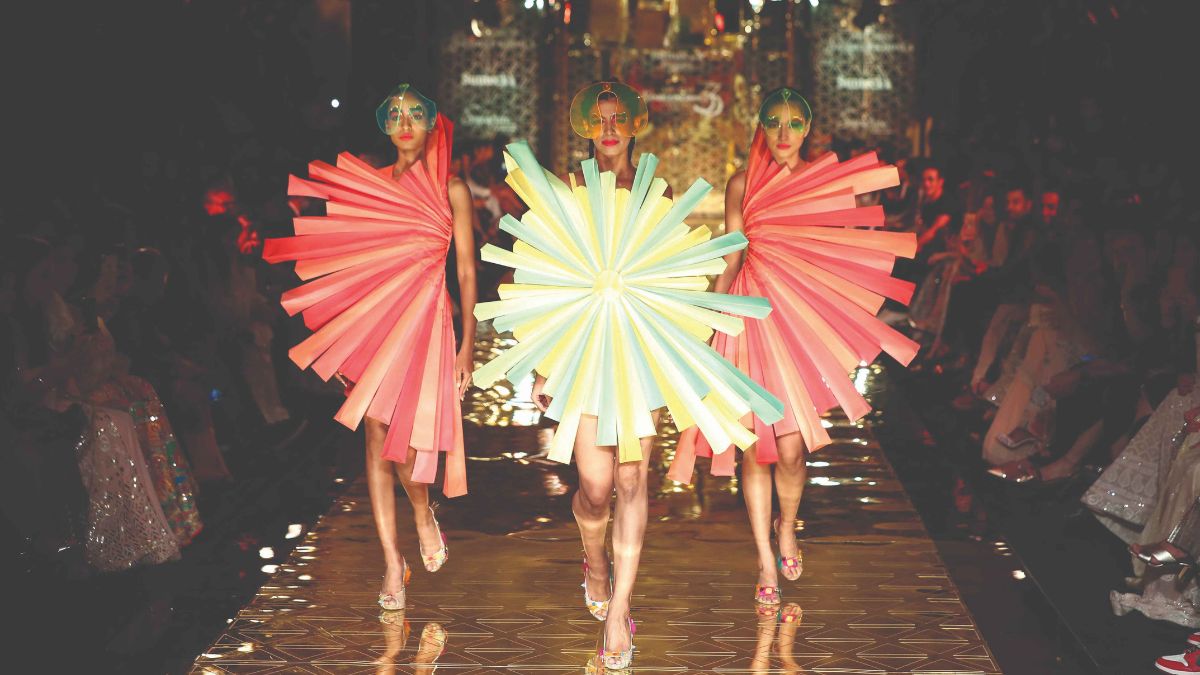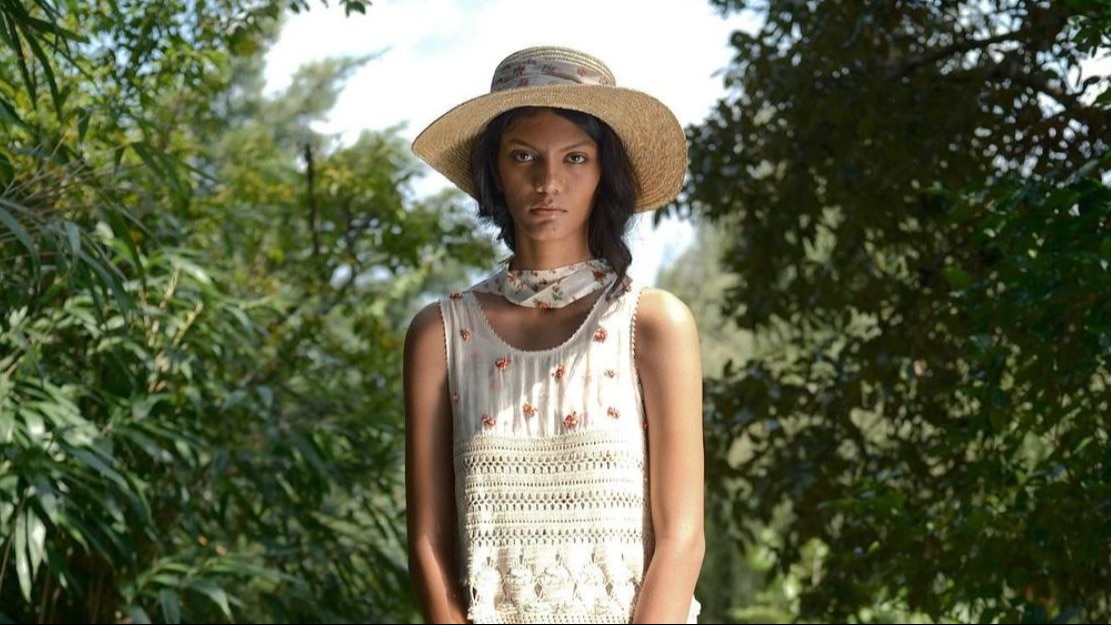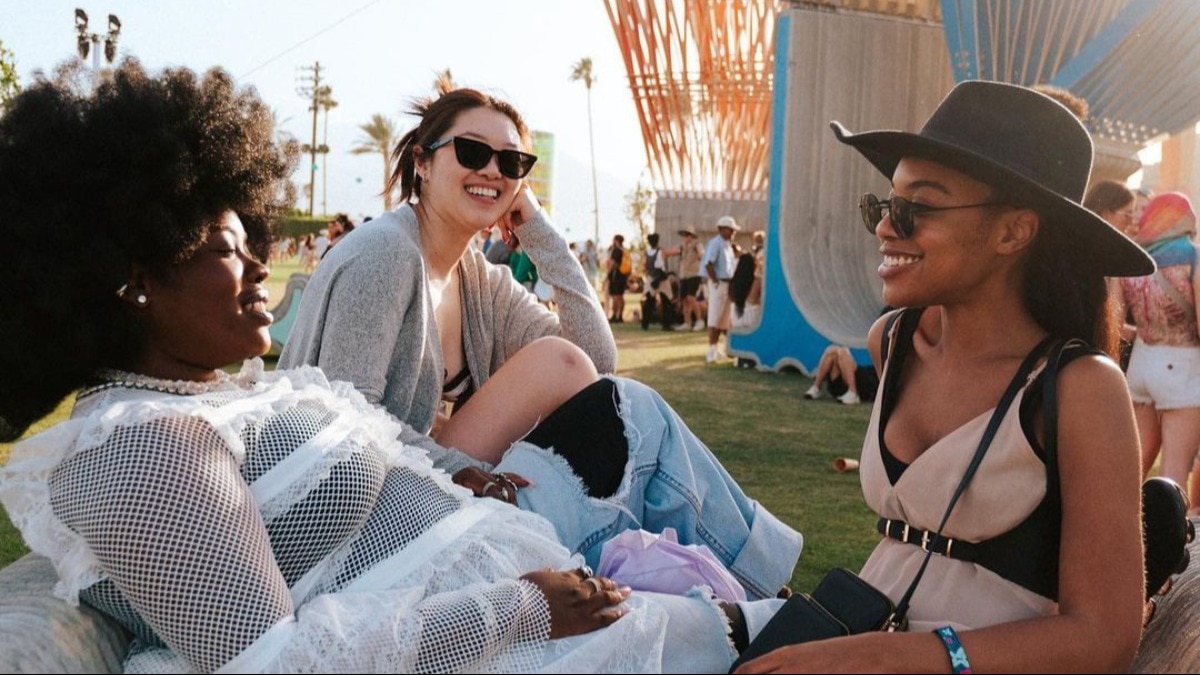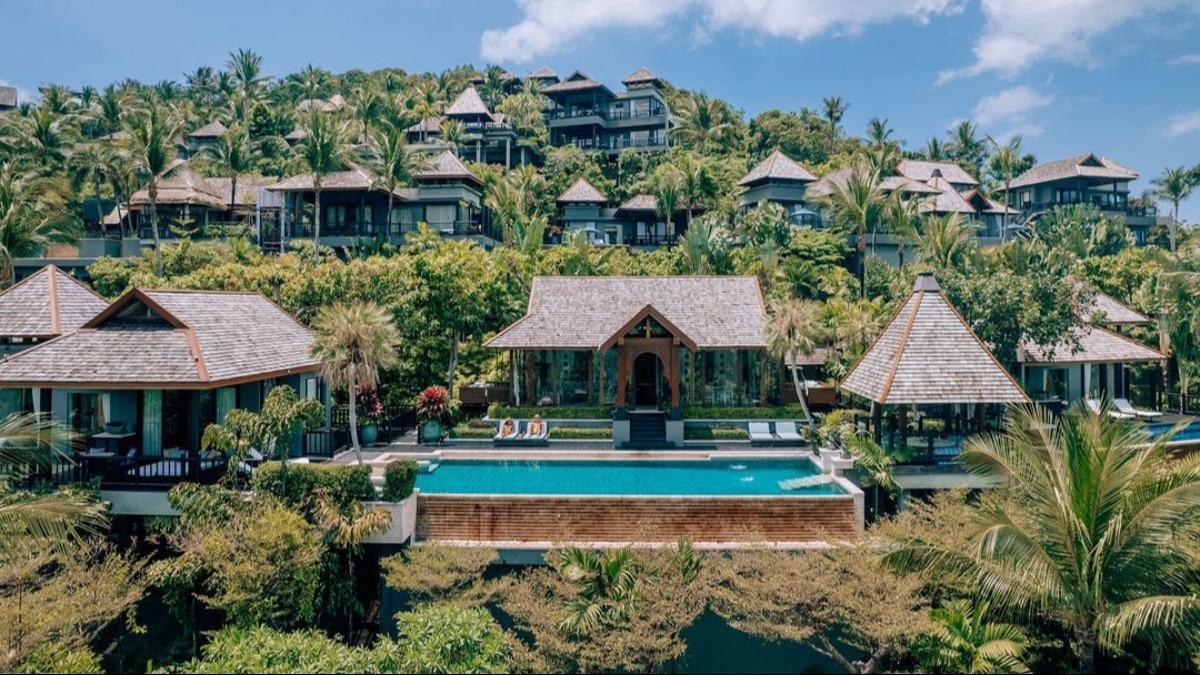
The stage is now set for drama, both on the runway, and off it
The country’s leading movement directors talk about the resurgence of high-energy presentations on the ramp, social media, and beyond.


The nineties were synonymous with supermodels Madhu Sapre, Feroze Gujral, Shyamoli Varma, and Anna Bredmeyer strutting on the ramp, often breaking into theatrical performances. By the noughties, the dramatisation was replaced by straight walks with the overarching focus trained on clothing and merchandise. However, with social media Reels becoming the most potent tools to convey iconography with incredible reach, the theatricality seems to have made a comeback. Today, the success of a runway show is often equated with it being viral on social media; it seems that Gen Z has rediscovered the ’90s exuberance. Enter, the movement director, who guides models about head, lip, and hip movements so they get photographed stunningly from an array of angles, resulting in visually-arresting Reels and videos, ensuring instant Likes.

Show director Anu Ahuja recalls directing couturier Sabyasachi’s show that celebrated 20 years of his career. Held in collaboration with Christian Louboutin, in Mumbai, the entire set was exaggerated to such a large size that it made a statement. “The models needed to exude a lot of energy; they almost looked like they were running,” she recalls. Anu also directed Anamika Khanna’s recent digital presentation where the girls’ expressions had to be softer. “The models were jumping on flower trampolines, so we selected dancers like Krithika Babu. There were actual dancers so that when they went up in the air, their body posed in a certain way,” she adds.

However, as a former model, Anu was never a fan of performance-driven walks on the runway. “I’ve never liked dancing during runway shows as a model, and I don’t like it as a choreographer,” she quips.
For a Chola show, which was in collaboration with a shoe brand, Anu wanted the shoes to stand out, so she included dancers to present the show in a dancerly format. “We used bungee ropes with the help of which the dancers jumped up in the air. It was one of the highestenergy shows I’ve worked on,” she shares.
Show director Aparna Bahl Bedi recalls Abu Jani Sandeep Khosla’s 33rd-anniversary show in 2019, which she directed. “Everyone went all out dancing—we did the double turns and coordinated twirls along with straight strutting,” she says.
For Tarun Tahiliani’s show at the recently concluded India Couture Week, there were eight-camera set-ups, in the form of close-ups and gimbal shots. “This is because when you are editing, you can make the show look even more spectacular. Of course, it depends on the cameraman’s point of view. I always encourage the models to connect with the camera,” Aparna adds.
At Abhinav Mishra’s showcase before the pandemic, Aparna brought on board a Kathak dancer, who performed live while other models walked around. For girls who aren’t performers, Aparna works with their walk, rhythm, and eyes to amp up the drama and energy.

Meanwhile, Show Director Lubna Adams, who has often choreographed Abu Jani Sandeep Khosla’s high-voltage shows shares, “The designer-duo has always been in favour of uninhibited drama on the runway. On the other hand, while a Manish Malhotra show may not incorporate drama through body language, there is an emphasis on the models’ expressions,” she notes.
These days, many homegrown labels have started including non-models to infuse a new element in terms of movement, performance, and energy. “Non-models are the easiest to work with because they don’t come with any preconceived notions. They only require slight guidance on how to walk the ramp” Lubna explains. “I have worked with many plus-size models and I’ve noticed that they are confident, want to flaunt their curves, and love it.
With multiple cameras being placed across the runway, emoting through the eyes and facial expressions has become even more crucial. “If a show requires multiple cameras, we get the models to pose towards different cameras. I ensure that the lighting is suited to this and that the models are aware of the camera positions,” she adds.
But it’s not as simple as that. Choreographer Liza Varma observes that people get distracted a lot faster these days, and so, models doing straight walks on the runway can come across as boring. “People don’t want to watch that for 20 minutes,” Liza says. She recently choreographed a show for designer Samant Chauhan, who had created a jungle with bushes placed all over the stage. “The showstopper was in an exaggerated ruffled outfit moving around each and every botanical arrangement in an artistic manner. Digital shows need special effects to ensure people stay tuned. In some of my shows, I’ve had a flautist walk around the models and play the flute. In another, the models blew kisses,” she shares.
Since drama is in-season, choreographer Lokesh Sharma even played out a pyjama party showcasing athleisure and nightwear. “It was a fun show; the models danced and there were even pillow fights,” he shares.
Some Movement Directors attribute the resurgence of drama to a post-Covid optimism; the shows mirror our desire for a return to happier days and abandon. But internationally, many global brands have taken to theatrical presentations to convey larger social messages. “The Balenciaga show, which was held at Wall Street in May this year, was a commentary on unapologetic consumerism. Even their Winter ’22 show saw models walking in icy snow, sending out a message both against the Russia-Ukraine war and the refugee crisis,” observes Anu.
image credits: Courtesy the brands









